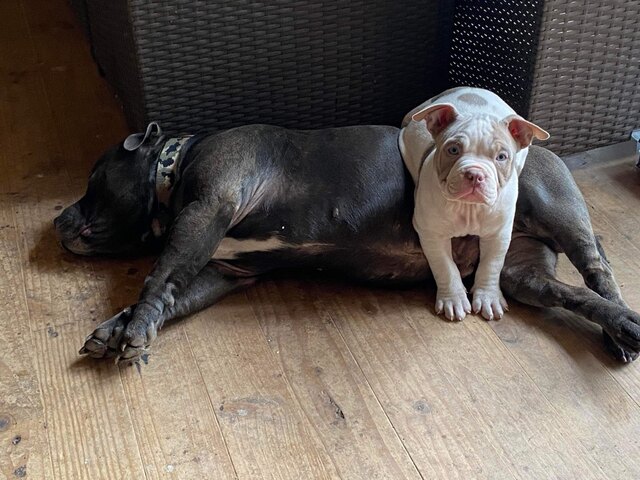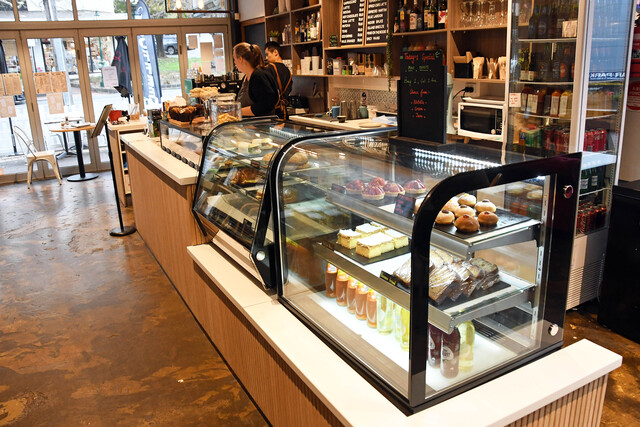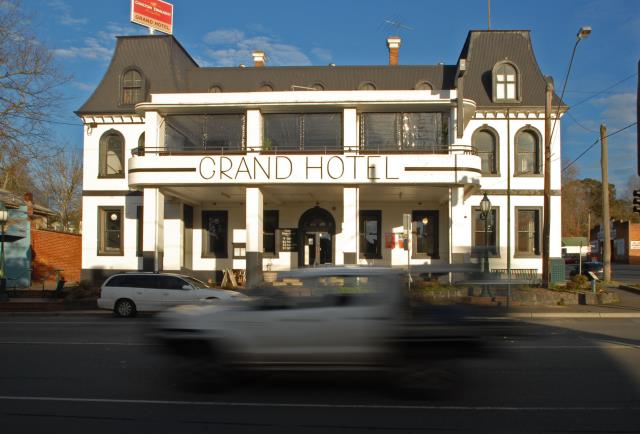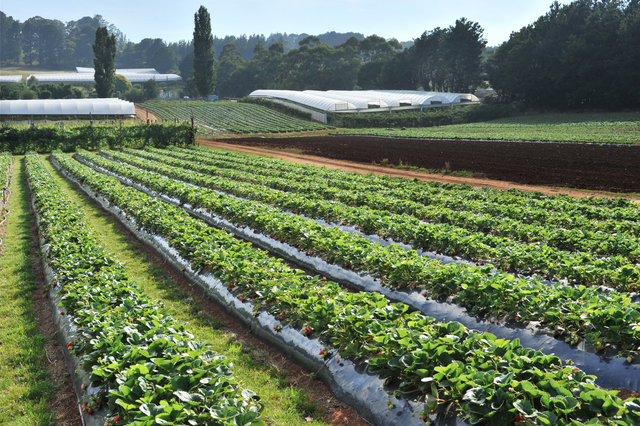The reasoning behind the Yarra Ranges Council lockdown on Friday 15 November has come to light.
Yarra Ranges Council went into lockdown for about an hour on the afternoon of Friday 15 November when Upwey resident Benjamin Kay arrived with the intention of trying to speak to a Council officer following frustration over the seizure of his dogs. He had previously been on the phone with the front desk earlier that day, had said he wanted to come down in person and was told not to.
The Star Mail spoke with Mr Kay who openly confirmed that his two dogs, a five-year-old English Staffordshire Terrier and an almost two-year-old American Bulldog were temporarily seized after they escaped the front door and yard and attacked a pedestrian and their dog outside, causing injuries that required hospitalisation around on Thursday 26 September this year.
Mr Kay pleaded guilty to charges regarding not containing the dogs on the property and for the attacks on a human and dog in the Magistrates Court and was fined.
Mr Kay said he felt he wasn’t in any way threatening when he called and then arrived at the Civic Centre trying to speak to someone about the process of dealing with his dogs..
“There was no argument or disagreement, it was just a shame that I’d didn’t get to speak to anyone that I wanted to, it was just with the front desk, the people who put through all the calls to different departments but all the messages are relayed, none of these people can tell me themselves,” he said.
“The police asked me what I was there for and then went in and spoke to the Council and I never heard from the police again, this all took place outside the Council offices and the public was still being turned away even though they could see there was nothing happening.”
Dogs can be declared ‘Menacing’ (has caused a non-serious bite injury to a person or animal or has rushed at or chased a person) or ‘Dangerous’ (has caused serious injury or death or been declared menacing and owner issued with two infringement notices for failing to comply with requirements such as leashing or muzzling their dog in public).
Mr Kay said he felt he wasn’t informed that his dogs would be declared dangerous until the court case and believes it won’t be feasible for him to meet the conditions required for keeping dangerous dogs.
“I can’t build all this stuff, it will need planning permits, it’s going to need concrete foundations for what it needs to be and I’ve got to think about neighbours,” he said
“I know they want eight-foot fences erected, I know they need 10 square foot per dog, so that’s 20 square metres of concrete that has to be poured and the planning permits obviously take months to get approved so with the logistics of it all it is basically the cost of building another dwelling, I’ll have to surrender them or euthanise them, which I don’t want to be the one to do,”
“I haven’t even been able to visit them since they were seized, I was told they were at Coldstream [Animal Aid] and wanted to visit them but was told they’re sick or I can’t see them or some other reason.”
There are strict conditions for keeping declared dangerous dogs, which include: keeping it muzzled and on a lead, chain or cord in public, the dog must wear a red and yellow striped collar, the premises it is on must have dangerous dogs signs posted at the entrances and must have a fully enclosed outdoor enclosure over 1.8 metres in width and height and over 10 metres of floor space.
Director of Communities at Yarra Ranges Council Leanne Hurst said when a dog attack occurs, it can be very distressing for all involved.
“The subsequent seizure of dogs is also emotive, and Council must consider community safety and comply with the Victorian Domestic Animal Act 1994 in circumstances like this,” she said.
“When a dog is seized and a court case has concluded where it was found that the dog had attacked another dog and person, Council follows standard procedures when serving emails, letters and paperwork to the owner,”
“Council has followed these procedures in this instance and has outlined our intentions with the owner.”
Some Councils, such as Melton City Council, offer the chance to review requests to visit impounded or seized dogs on a case-by-case basis. It is unclear whether Yarra Ranges Council offers this.
Ms Hurst said the next steps in this process is for the case to be heard by a formal Council panel to make a decision as to whether the dogs should be declared as dangerous.
“The owner of the dogs is able to appeal against the decision and the matter would then go to VCAT,” she said.
“It is never the intention of Council to euthanise dogs and Council works with owners to assist them through the conditions required should dogs be declared as dangerous. The owner has been informed of this intention,”
“It is important to ensure that the community is protected from dogs that have been declared as dangerous. Should the dogs be declared dangerous, they will not be released by Council until the list of provisions regarding owning a dangerous dog under the Domestic Animal Act 1994 are complied with. Should the provisions not be met the dogs will not be able to be returned to the owner and will be euthanised.”
To find out more about the penalties if your dog attacks a person or another dog, visit: yarraranges.vic.gov.au/Environment/Pets-and-animals/Problems-with-animals/More-infomation-about-dog-attacks/Penalties-and-Potential-Outcomes-for-Dog-Attacks.
Ms Hurst said there are a variety of ways that people can contact Council and it depends on what the enquiry is as to whether it can be dealt with by email, phone call, at the front counter or if an appointment is needed with an officer.
“It is imperative that our staff feel safe when dealing with the public. In some emotive circumstances, there can be a safety risk and Council will make the necessary decisions to ensure the safety of our staff,” she said.
“If staff feel unsafe, the matter will be dealt with in a variety of ways which could include locking the building down and contacting the police.”







